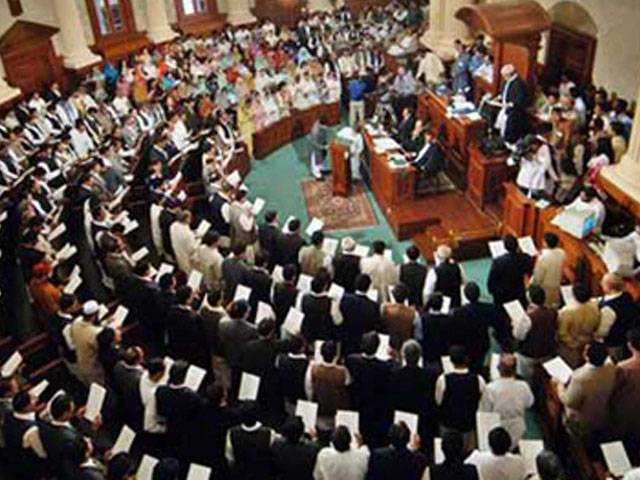Lahore- The Punjab budget for fiscal year 2013-14 sounds to be a blend of new and old initiatives, reflecting the government’s will to lay the foundation to improve public, industrial, agricultural and social sectors of the province.
Though it was the first budget after the general elections, it appeared from all aspects the sixth one in a succession by the PML-N government as it was not only replete with praises of the last five-year projects of the Shahbaz Sharif government but also announced the steps to take them forward.
Lifting the standard of the backward area ofPunjab, particularly, the South, and bringing main cities at par with the provincial metropolis was the overwhelming spirit which the government expressed through the budget.
Most of the new initiatives in the budget aimed at augmenting the already progressing projects on energy, education, transportation, health and social sector. However, the budget also envisaged fresh proposals to eliminate discretionary funds of the chief minister and the ministers, 30 per cent cut in the government expenditure, besides ending the funds for servicing the government residences and slashing the public department expenditure by 15 per cent as austerity steps.
For the next fiscal year, the government has proposed measures to improve conditions of working women by setting up hostels for them at teshil level and setting up expo centres for those engaged in the cottage industry of handicraft and establishing economic/industrial zone on the sides of the Motorway besides running the Metro Bus Service in Rawalpindi, Faisalabad and Multan on the pattern of Lahore.
The budget made an important but difficult announcement binding private educational institutions at every level to provide free education to 10 per cent poor students and bear all their expenses. For this purpose, the finance minister said, legislation would be carried out. Another fresh initiative was grant of solar and biogas-propelled tube-wells at subsidised rates, but at the same time sufficient funds have not been earmarked for agri research.
The budget proposed Rs three billion subsidy on public transport, but the question is whether this amount will be fed to public sector transport showing losses or the metro bus income will be raised by compensating the low fare of this service. Health insurance scheme is a fresh item in the budget that will go a long way to provide quality medical treatment to the poor.
Funds for the Educational Endowment Funds, laptops and ujala schemes have been enhanced while new allocations made to set up IT labs in 1,000 schools, establish girl schools in 300 union councils and upgrade schools in three most backward districts of the province. For higher education, Rs 6.76billion have been allocated to set up universities and four medical colleges, IT universities and others. To give a definite shape to land computerisation system, the budget ensured to computerise land record in the whole 36 districts of thePunjabwithin the upcoming fiscal year whereas in the last tenure record of only one district could be computerised.
Shrugging off the restrictions imposed by the Centre in the previous tenure, thePunjabgovernment formally announced to use coal, bagasse, solar, thermal, gas, biogas and hydel means to overcome the energy crisis. For this purpose, Rs 20 billion have been allocated.
The government expressed the will to changethanaculture, but nothing was expressed to achieve the end except that a policy will be framed to put police system on Turkish and UAE style.
Legislation on access to information was announced in the past and now it has been made a part of the budget to let the public know about the good governance of the rulers. The scope of Ashiyana Housing and Daanish School system has been expanded to all over the province and Rs 28 billion have been earmarked for relief on flour to the poor. A record allocation of Rs10.87 billion has been for drinking water to meet the longstanding demand of the people of far-flung areas.
In the budget, luxury houses have been taxed while focus given on education and other needs of special children, kids of workers and scholarships for talented girl students under the internship programme and enrollment of 5.7 million boys and 4.8 million girl students, which indeed constitute new initiatives in this budget.






